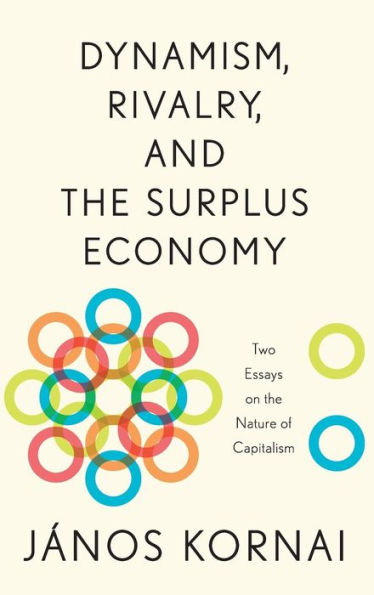5
1

Dynamism, Rivalry, and the Surplus Economy: Two Essays on the Nature of Capitalism
208
Dynamism, Rivalry, and the Surplus Economy: Two Essays on the Nature of Capitalism
208
67.0
In Stock

Product Details
| ISBN-13: | 9780199334766 |
|---|---|
| Publisher: | Oxford University Press |
| Publication date: | 12/05/2013 |
| Pages: | 208 |
| Product dimensions: | 6.10(w) x 9.30(h) x 0.90(d) |
About the Author
From the B&N Reads Blog
